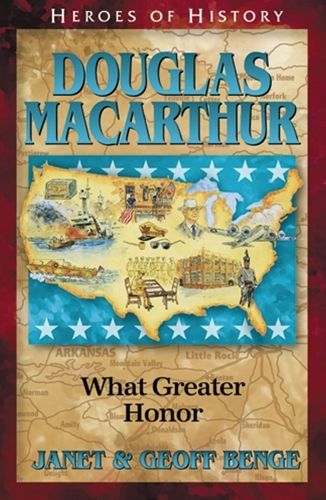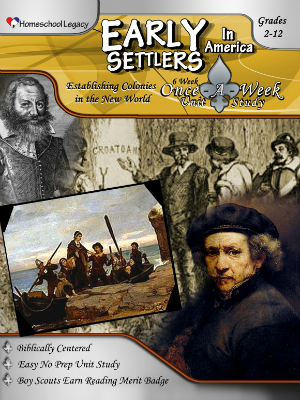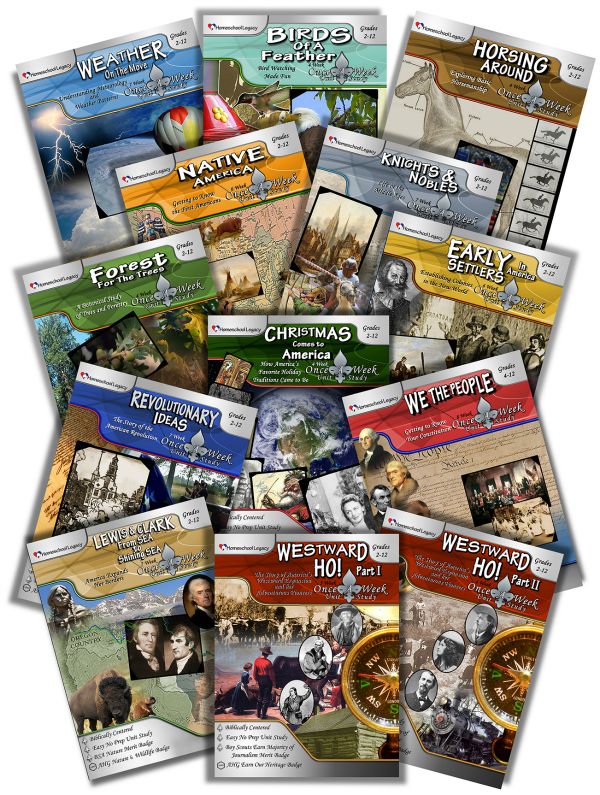Speaking of... Have you ever studied crickets with your students? Crickets make a great Nature Study for September and/or October.
The first book I think of when I think of a Cricket Nature Study is Comstock's Book of Nature Study.
It has a great section on crickets. Did you know that some cultures keep crickets for pets? If you want a fun way to interest your child in crickets, consider making a unit study out of it. This can be short and sweet, so that you can keep cranking with your previously scheduled plans, or it can be expanded to include everything you want to do for the week.
The first thing to do is to get some picture books to read. I recommend at least one fiction and one non-fiction.
Here are some picture book titles I found:
- The Very Quiet Cricket by Eric Carle
- Chester Cricket's New Home by Garth Williams
- Cricket in Time Square by George Selden
- Crickets by Cheryl Coughlan
It is very informative. Pay special attention to information about different types of crickets.
You will want to figure out, later, what type(s) of crickets your child finds on his cricket hunt. We also had fun making a cricket house. Instructions are in the book.
It was doable, in my house, because we have way too much clutter. We were able to come up with a flower pot, soil, sand, moss, and a globe to an oil lamp. Initially, though, we just used a shoe box.
This type of hands-on activity is fun for a little guy. He was having fun learning, and I was still able to write "school" activities down in my school planner (for accountability - I get reviewed every year because of state law).
Here the unit study activities might look like:
Bible: Read Deuteronomy 28 and ask your student to listen for the mention of crickets in the reading. (It is in verse 42)
Math: Send your students on a cricket hunt. Give each one a mason jar with a lid. Send them off to the edge of the house foundation. They can look under leaves behind the shed, or under random tarps under the deck or around the yard. Check the wood pile. (They might want to wear gloves.) Have them round up as many crickets as they can find. Have them count them. Who found more? How many did they each find?
Science: Look at the various crickets. Do they all look like the same species? Within the ones that seem to be the same species, are they all the same? When we did the study, we found we have black crickets in our area. We were actually able to learn that you can tell the difference between the male and female crickets. Who knew?
Art or Science: find a diagram of a cricket online so you know the names of the cricket parts. Print out a blank diagram and have students fill it in. Have student draw their own drawing of a cricket.
Literature: Read picture book/have student read picture book, or begin reading The Cricket in Time Square (a classic!).
See how this works? You could practice handwriting by having them write out one sentence from the book you read. You could work on spelling by creating a list with words you introduced in this study, like "thorax", "cercus", "palps", "spiracles" and "ovipositor". You could work on vocabulary by having them look each word up and write out a definition.
You could include physical education by actually going on a nature walk to try to find crickets, but I guess even hunting for them in the back yard would be fine to count for physical education. You can include "health" by having them wash their hands at the end of the activity and talking about the importance of washing hands when dirty or before eating.
The only subject I didn't include was Social Studies, but you could include that by researching the cultures that keep crickets as pets (I think it is Japan, but I might be wrong).
I hope you have enjoyed by recounting of our cricket study and my brainstorming on how to make a complete unit study of it. Unit studies can be a great way to cover school for grades K-3 in particular. I hope you enjoy!




























